Optimal Timing for Deck Maintenance
Choosing the optimal time for deck sanding and stainings is essential to ensure durability and appearance. The right timing depends on weather conditions, wood type, and usage patterns. Proper scheduling can extend the lifespan of the deck and maintain its aesthetic appeal.
Spring and early summer are optimal for deck sanding and stainings due to warmer temperatures and lower humidity, which promote better adhesion and drying.
Dry, mild days with low humidity and temperatures between 50-85°F are best for performing deck work. Avoid rainy or excessively humid periods to prevent issues with staining and drying.
Typically, decks should be sanded and stained every 2-3 years, depending on exposure and wear. Regular maintenance helps prevent wood deterioration and maintains appearance.
Fading color, peeling stain, splinters, or mold growth are indicators that a deck requires sanding and re-staining to restore its condition.
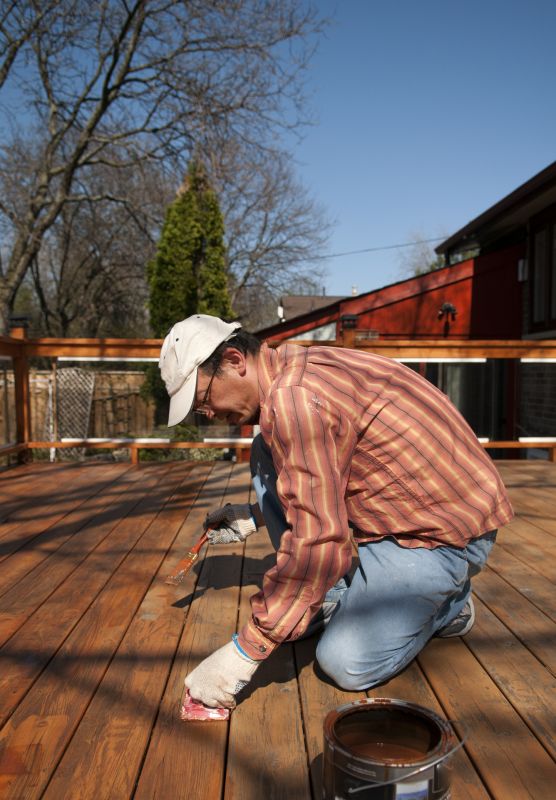
Removing old finishes and smoothing the wood surface prepares it for staining, enhancing appearance and durability.
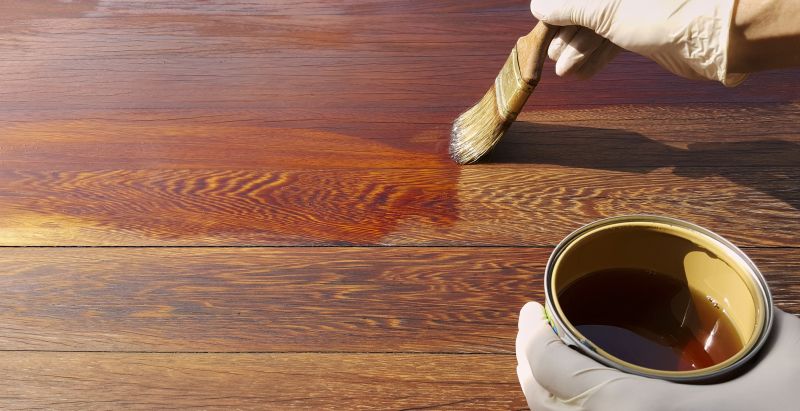
Staining provides protection and aesthetic enhancement, with options for transparent, semi-transparent, or solid finishes.

Properly sanded and stained decks exhibit a uniform color and smooth surface, ready for outdoor use.
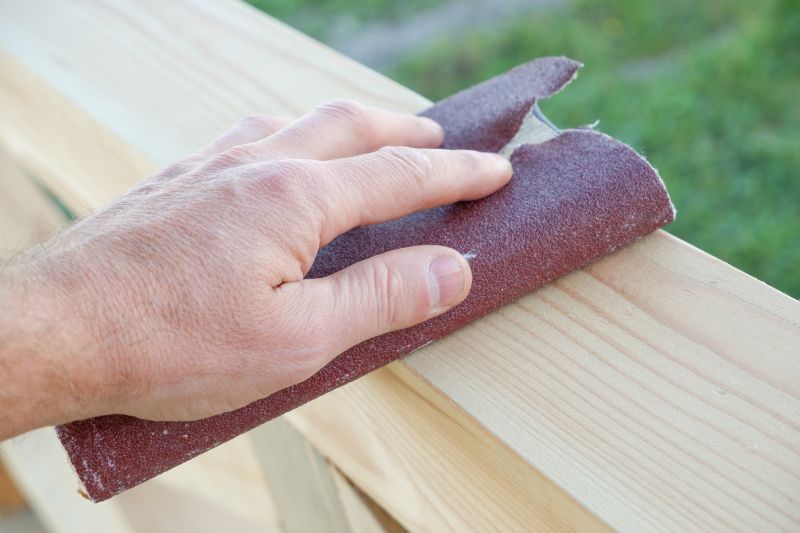
Ways to make Deck Sanding And Stainings work in tight or awkward layouts.
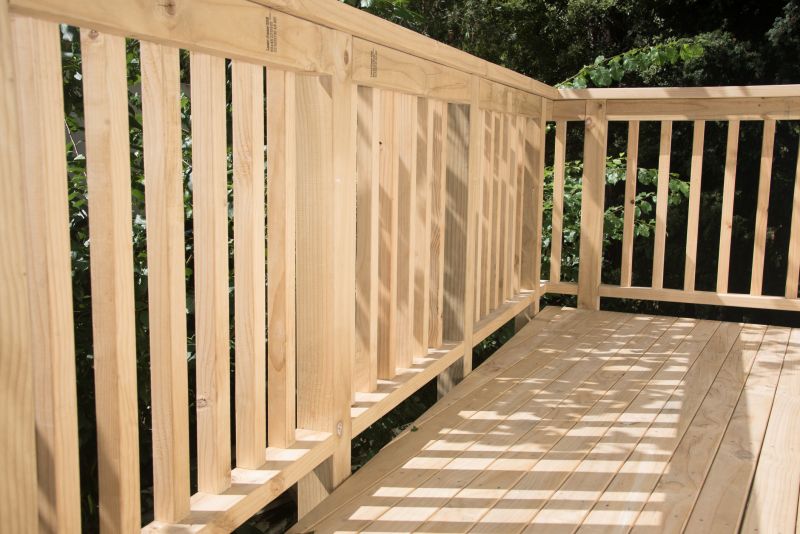
Popular materials for Deck Sanding And Stainings and why they hold up over time.
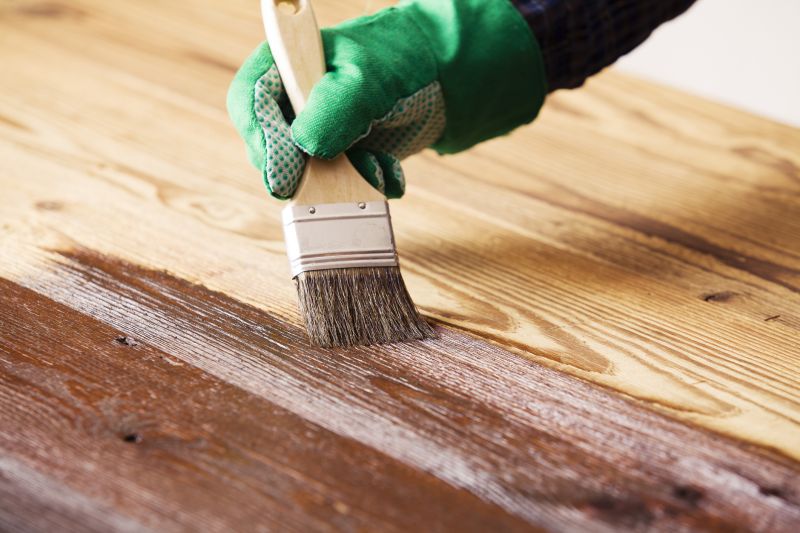
Simple add-ons that improve Deck Sanding And Stainings without blowing the budget.
| Aspect | Details |
|---|---|
| Best Seasons | Spring and early summer are preferred for optimal weather conditions. |
| Ideal Temperature Range | Between 50°F and 85°F for proper application and drying. |
| Humidity Levels | Low humidity prevents issues with stain adhesion and curing. |
| Weather Avoidance | Avoid rainy, snowy, or excessively humid days. |
| Maintenance Interval | Every 2-3 years, depending on exposure and wear. |
| Signs of Needed Maintenance | Fading, peeling, mold, splinters. |
| Climate Impact | Extreme weather can reduce deck lifespan without proper timing. |
Deck sanding and stainings are crucial for maintaining the structural integrity and visual appeal of outdoor wooden surfaces. Proper timing, based on seasonal and weather considerations, ensures the best results and longevity. Regular maintenance can help prevent wood decay, splintering, and surface deterioration, making decks safer and more attractive for outdoor activities.
Considering the climate and weather patterns is essential when planning deck sanding and stainings. Dry, mild days facilitate better application and drying of stains, while avoiding periods of high humidity or precipitation minimizes the risk of defects. Proper scheduling and maintenance can significantly extend the life of a deck and preserve its appearance.
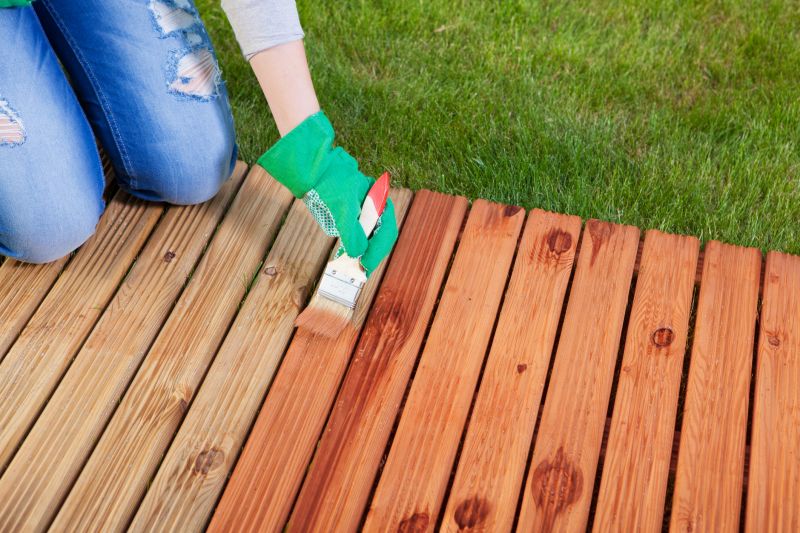
Thorough cleaning and sanding prepare the surface for stain application, ensuring better adhesion and a smooth finish.
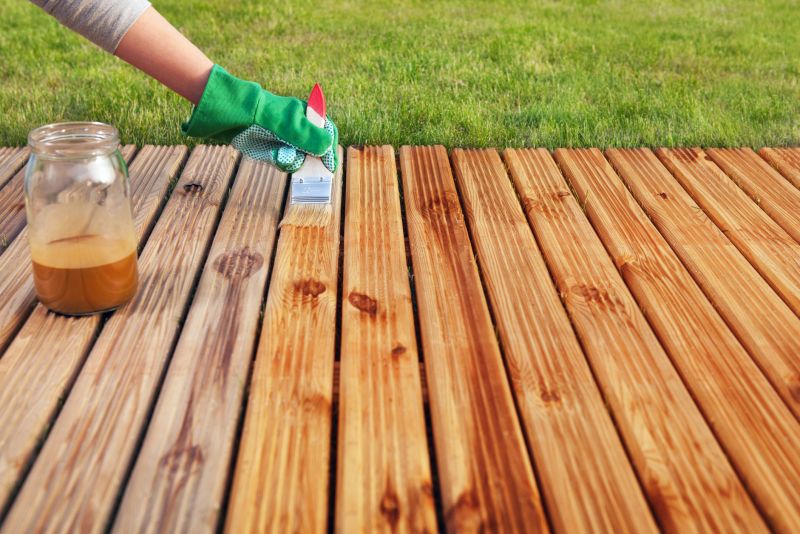
Using proper tools and techniques ensures an even coat and optimal protection for the wood.
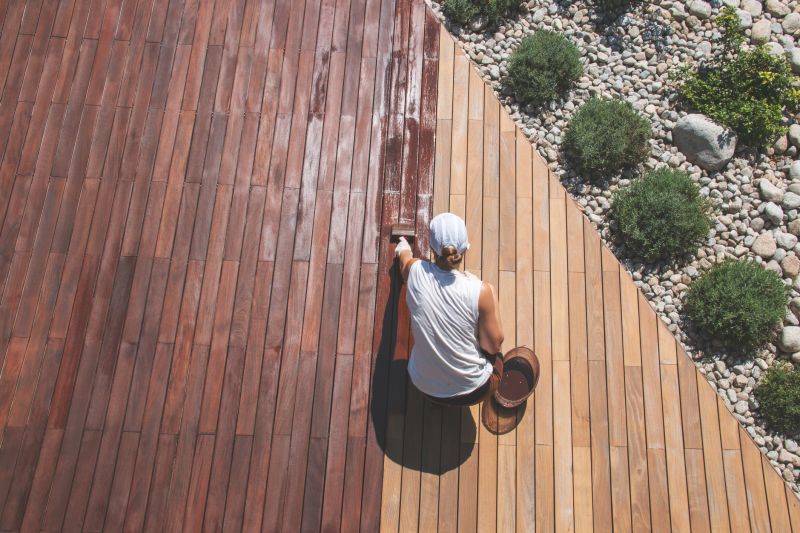
A well-maintained deck displays vibrant color and a smooth surface, ready for outdoor use.

Understanding weather patterns helps plan maintenance during favorable conditions.
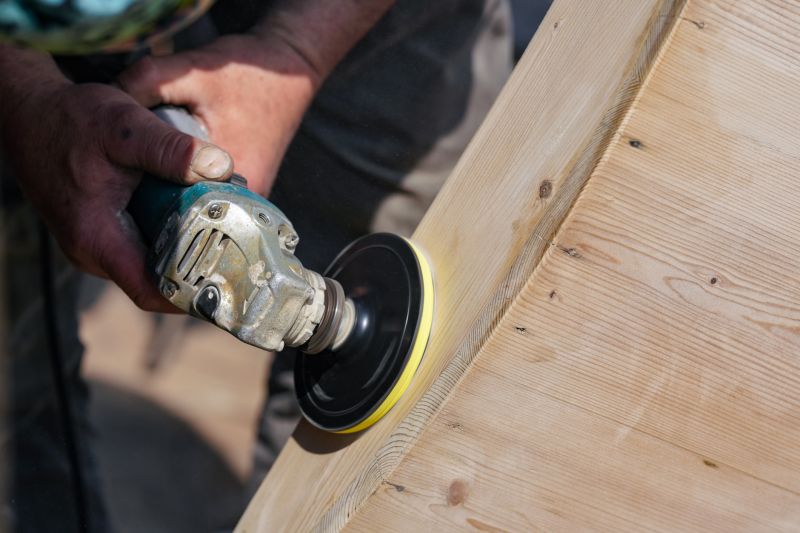
High-end options that actually feel worth it for Deck Sanding And Stainings.

Finishes and colors that play nicely with Deck Sanding And Stainings.

Little measurements that prevent headaches on Deck Sanding And Stainings day.

A 60-second routine that keeps Deck Sanding And Stainings looking new.
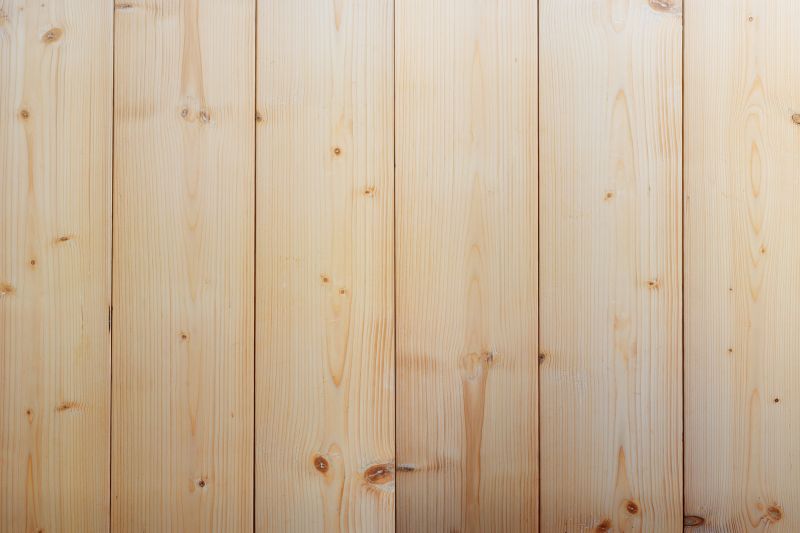
A frequent mistake in Deck Sanding And Stainings and how to dodge it.
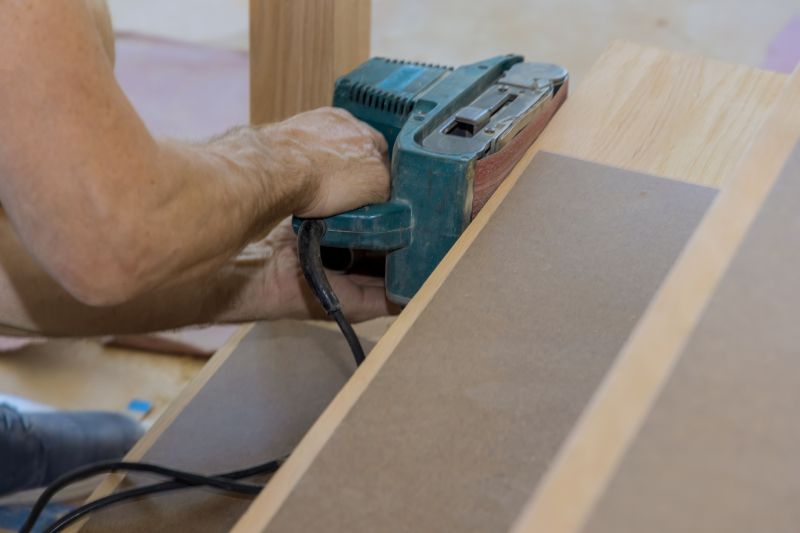
Small tweaks to make Deck Sanding And Stainings safer and easier to use.
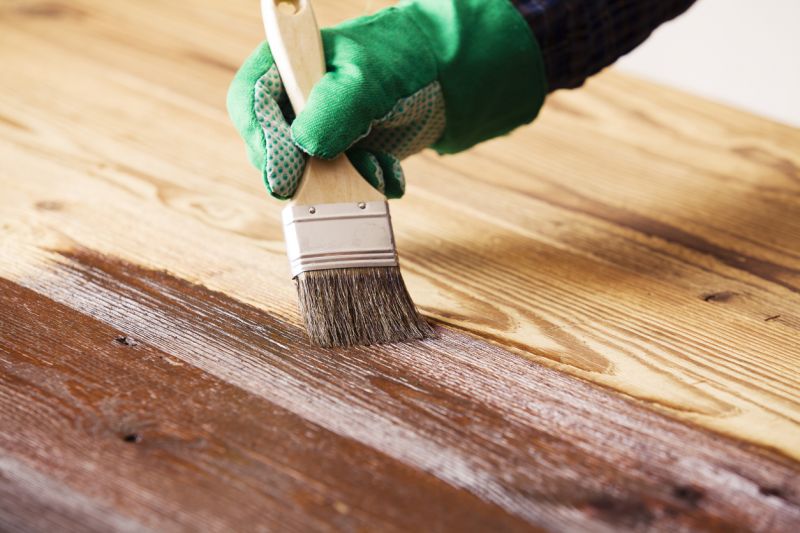
Lower-waste or water-saving choices for Deck Sanding And Stainings.
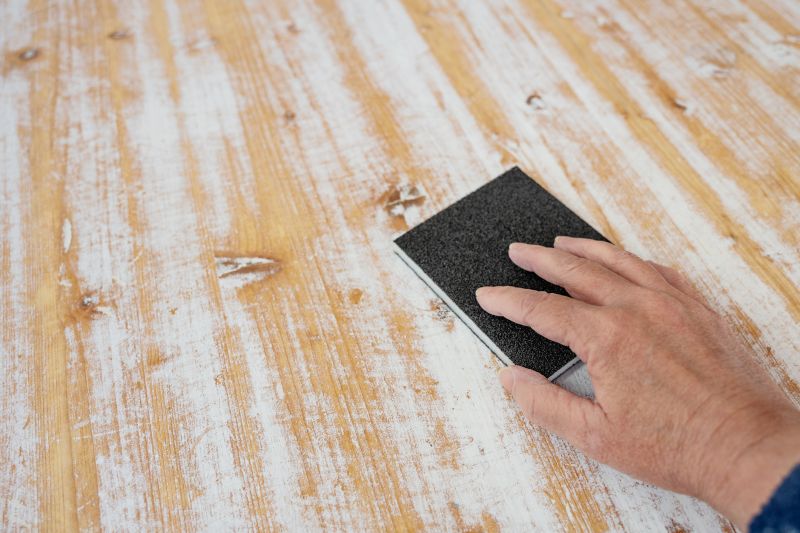
The short, realistic tool list for quality Deck Sanding And Stainings.
Interested in enhancing the durability and appearance of a deck? Filling out the contact form can connect with professionals experienced in deck sanding and stainings, ensuring proper maintenance tailored to specific outdoor conditions.



